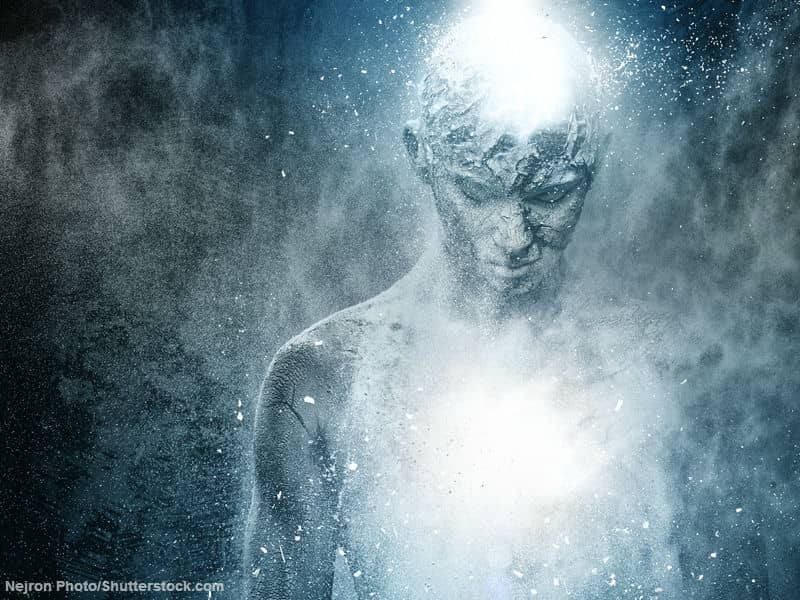by Robin Wright
Knopf, 352 pp.
It will come as some surprise to most Americans that one of the best-selling books in Tehran is a translation of John Gray's "Men Are From Mars, Women Are From Venus." What young Iranian men and women do with Gray's dating advice remains a mystery. Given that Iranians are significantly circumscribed in how much unsupervised contact they can have with the opposite sex, most American dating wisdom is useless. But not all of it, and not nearly as little of it as our two-dimensional images of modern Iran would suggest.
It will also surprise to most readers that Iran today bears scant resemblance to the Iran of the hostage crisis or even of Salman Rushdie's death sentence. In the decade since the Ayatollah Ruhollah Khomeini died, Iran has changed almost as dramatically as it did in the first decade of the 1979 revolution. A journalist who has extensively chronicled the recent history of Iran, Robin Wright brings a wealth of contacts and experience as she depicts the chaotic and contradictory realities of an Iran 20 years removed from the last great revolution of the 20th century.
If the average American thinks of Iran at all, it is usually as a country of angry Muslim crowds bowing to a stern mullah, shouting "Death to America" and burning the Stars and Stripes. Those elements still exist in Iran, but they are a distinct minority. Iran's population has grown in recent years to more than 60 million, of whom nearly half are under 21 years old. That means that a majority of the country's citizens have grown up with no memory of the time before the Islamic Revolution. Their world is defined by Islam, and the theology of the revolution, as completely as the United States is defined by Christianity, the Constitution, and the Declaration of Independence.
As is usually the case with revolutions, the fervor of the early years has worn off. Disillusionment and diversity have flourished. Iranians accept Islam as the foundation of their society, but not without substantial disagreement over exactly what that means.
Wright also writes about the shifting sands of social and sexual mores. Under the pressure of an exploding population, the clerical establishment instituted one of the most effective and far-ranging birth control programs in the developing world. Though these efforts have had limited success outside of Tehran and other cities, Islamic birth control has not been nearly as controversial as sex-ed courses in the United States.
Indeed, one of the hallmarks of revolutionary Iran is that women, though required to cover up their bodies in public, are more active and influential than in any other Muslim country, with the possible exception of Indonesia. Iranian feminists are as likely as not to defend the wearing of the chador while criticizing the clerical establishment for unnecessary restrictions and extra-religious accretions. One of the more heated issues is that of temporary marriage, which allows male clergy to take a wife for a brief period of time. Some Iranians decry this arrangement as prostitution by another name, and a number of women are fighting to have the practice outlawed.
Wright believes that most Iranians favor liberalization, while conservatives fear that Khatami will prove to be another Gorbachev and undo the revolution. The conservatives still wield power, which they have used with a heavy hand in the past two years. Nonetheless, Wright thinks that their days are numbered.
She is probably correct. The clergy still run the country, but they no longer command respect. In a recent New York Times article, a young mullah complained that it is almost impossible for him to hail a taxi. Clad in his black robes and turbans, he watches as cab after cab passes him, and he often resorts to dashing into his office and changing into a suit. Taxi drivers may not be the key to societal change, but they are a gauge of popular sentiment.
Iranians, in short, have grown weary of being told what to believe and how to behave. The revolution is permanent, but the winds of change are blowing, and blowing hard.

